Home>Garden Essentials>How Often Should You Water Seeds
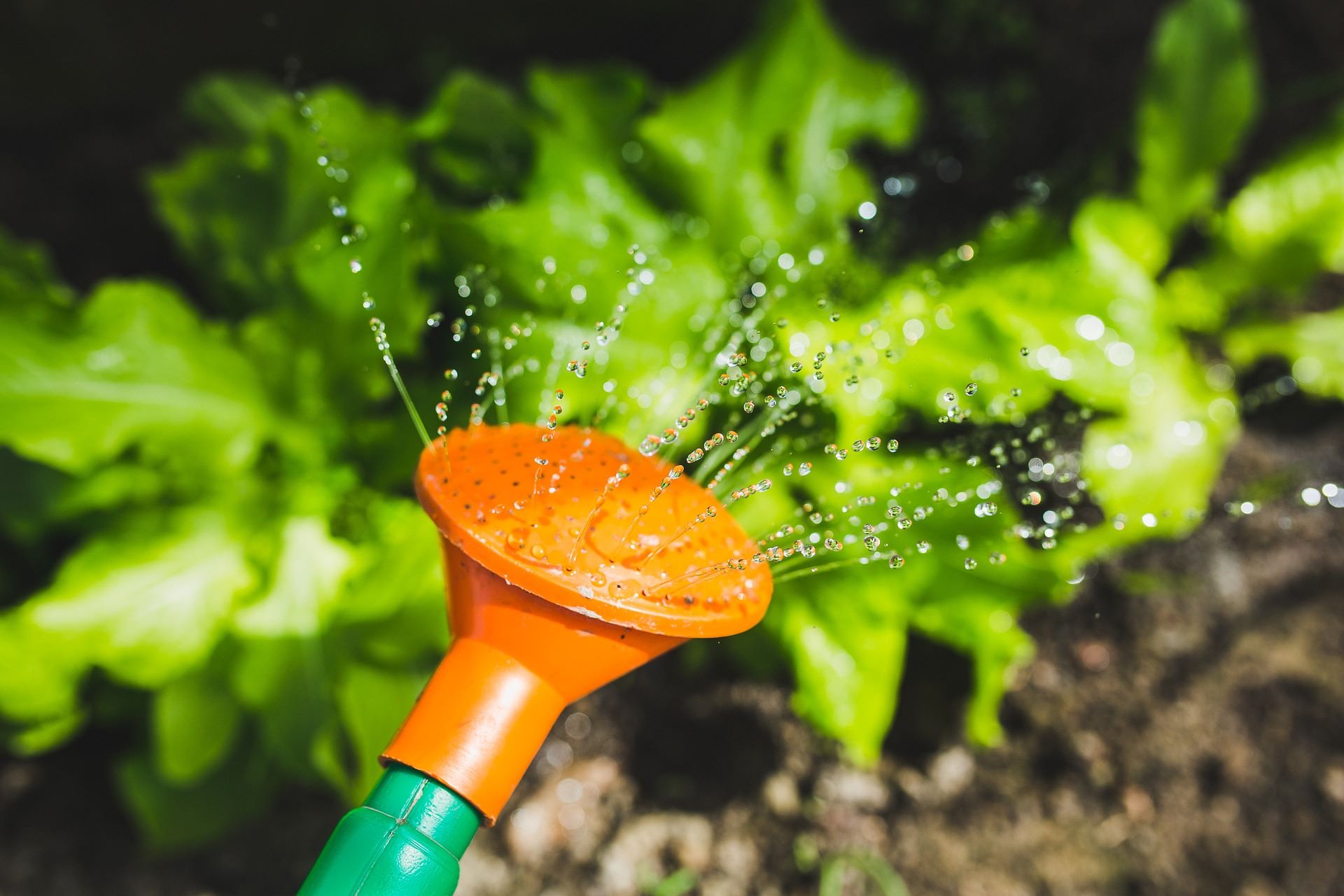

Garden Essentials
How Often Should You Water Seeds
Modified: March 24, 2024
Learn the ideal watering frequency for your garden seeds. Find out how often you should water seeds to ensure successful germination and healthy growth.
(Many of the links in this article redirect to a specific reviewed product. Your purchase of these products through affiliate links helps to generate commission for Storables.com, at no extra cost. Learn more)
Introduction
Starting a garden from seeds is an exciting and rewarding endeavor. Whether you’re growing vegetables, flowers, or herbs, the success of your garden depends on proper care, including watering your seeds. Water is essential for seed germination and seedling development, but it’s important to know how often and how much to water to ensure optimal growth.
Watering seeds may seem like a simple task, but it’s crucial to strike the right balance. Too much water can lead to rot and fungal diseases, while too little water can result in stunted or unhealthy seedlings. Different types of seeds have varying water requirements, and environmental factors such as temperature and humidity can also influence the watering needs of seeds.
In this article, we will explore how often you should water seeds to give them the best chance of thriving. We’ll discuss the factors that affect seed germination, provide general guidelines for watering seeds, and delve into specific watering recommendations for different types of seeds. By the end, you’ll have a solid understanding of the watering needs of seeds and be equipped to nurture your garden from the earliest stages of growth.
Key Takeaways:
- Proper watering is crucial for seed germination. Understand your seeds’ water needs, recognize signs of overwatering or underwatering, and consider bottom watering for delicate seedlings.
- Different seeds have varying water requirements. Adjust your watering frequency based on the type of seeds you’re planting, and observe the soil moisture and seedling health for optimal growth.
Read more: How Often Should You Water Lavender Seeds
Factors Affecting Seed Germination
Before we dive into the specifics of watering seeds, it’s important to understand the factors that influence seed germination. By recognizing these factors, you can create the ideal conditions for successful seed germination and ensure that your seeds have the best chance of sprouting.
1. Temperature: Seeds have specific temperature requirements for germination. Some seeds prefer warmer temperatures, while others thrive in cooler conditions. Generally, most seeds germinate best in temperatures ranging from 60 to 75 degrees Fahrenheit (15 to 24 degrees Celsius). You can check the packaging or do some research to find the ideal temperature range for the seeds you’re planting.
2. Moisture: Adequate moisture is essential for seed germination. Seeds absorb water through their outer covering, triggering the germination process. However, too much water can lead to rot, while too little water can prevent germination. Finding the right balance is key.
3. Air circulation: Seeds need oxygen to germinate. Poor air circulation or constantly saturated soil can limit the amount of oxygen available to the seeds, hindering germination. Properly aerated soil or using well-draining seed-starting mix can help create an optimal environment for seed germination.
4. Light: Some seeds require exposure to light for germination, while others need darkness. This is called photoperiodic germination. If your seeds have specific light requirements, make sure to provide the appropriate conditions for successful germination.
5. Seed dormancy: Some seeds have built-in mechanisms that prevent them from germinating immediately after planting. This dormancy allows the seeds to wait for favorable conditions before sprouting. Strategies to break seed dormancy include scarification (breaking the seed coat), stratification (exposing seeds to cold temperatures), or soaking in water.
6. Soil quality: The quality of the soil in which you plant your seeds can greatly impact germination. Soil that is rich in organic matter and well-draining can provide the ideal environment for seed germination and seedling growth. Prepare your soil by removing any debris, loosening it to improve aeration, and adding compost or other organic amendments.
By considering these factors and making the necessary adjustments, you can create the optimal conditions for seed germination. This will set the stage for healthy seedlings and a thriving garden. Now, let’s move on to understanding the specific water needs of seeds.
Understanding the Water Needs of Seeds
Water plays a critical role in seed germination and early plant growth. It provides the necessary hydration for seeds to absorb and activate enzymes, which initiate the germination process. Additionally, water is crucial for the transportation of nutrients from the soil to the seeds.
However, it’s important to understand that each seed has unique water requirements. Some seeds may need a consistently moist environment, while others may prefer periods of drying out between watering. Understanding the water needs of seeds will help you avoid overwatering or underwatering, ensuring the best conditions for successful seed germination.
1. Moisture level: Most seeds require a consistent moisture level during germination. However, it is essential to strike a balance and avoid waterlogged conditions, as excessive moisture can lead to seed rot or fungal diseases. Ensure that the soil remains moist but not overly saturated. A good rule of thumb is to water the soil until it is evenly damp, but not dripping wet. Regularly check the moisture level by gently poking your finger into the soil. If it feels dry at a depth of about an inch, it’s time to water.
2. Seed size: The size of the seed can also influence its water needs. Larger seeds typically have higher water content and can withstand longer periods between watering. On the other hand, smaller seeds may dry out more quickly and require more frequent watering to maintain adequate moisture. Be mindful of the size of the seeds you are planting and adjust your watering schedule accordingly.
3. Germination stage: The watering needs of seeds can change throughout the germination process. Initially, seeds need consistent moisture to absorb water and trigger germination. Once the seedlings emerge, they still require moisture but can also tolerate short periods of drying out between watering. Gradually reduce the frequency of watering as the seedlings grow, allowing the top layer of the soil to dry out slightly before watering again.
4. Environmental factors: Temperature and humidity play a significant role in determining the water requirements of seeds. Warmer temperatures and low humidity levels can cause the soil to dry out more quickly, necessitating more frequent watering. Conversely, cooler temperatures and high humidity levels can lead to slower evaporation and may require less frequent watering. Be mindful of the prevailing weather conditions and adjust your watering schedule accordingly.
By understanding the water needs of seeds, you can provide the ideal moisture conditions for successful germination and healthy seedling growth. In the next section, we will provide some general guidelines for watering seeds to help you achieve optimal results.
General Guidelines for Watering Seeds
Watering seeds properly is crucial for their successful germination and healthy growth. By following these general guidelines, you can ensure that your seeds receive the right amount of moisture without risking overwatering or underwatering.
1. Prepare the soil: Before planting your seeds, ensure that the soil is well-prepared and moist. Water the soil lightly a day or two before sowing the seeds to create a favorable environment for germination.
2. Use the right watering method: When watering seeds, it’s best to use a gentle watering method that won’t displace the seeds or compact the soil. A fine mist or a gentle shower from a watering can with a rose attachment is ideal. Avoid using a high-pressure setting as it can be too harsh for delicate seeds.
3. Water evenly: Ensure that the entire planting area receives an even amount of water to promote uniform germination. Pay special attention to any dry spots or areas where the seeds may be located. Evens moisture distribution will help prevent uneven germination and patchy growth.
4. Water from the bottom: If you notice that the soil surface is becoming too dry, you can water from the bottom to avoid disturbing the seeds or young seedlings. Place the seed tray or container in a shallow tray filled with water, and allow the soil to absorb the moisture from the bottom. This method, known as bottom watering, ensures that the roots receive adequate moisture without causing excessive moisture on the surface.
5. Observe and adjust: Monitor the moisture level of the soil regularly by gently poking your finger into the soil. If it feels dry at a depth of about an inch, it’s time to water. However, if the soil feels consistently moist or waterlogged, reduce the watering frequency to prevent overwatering.
6. Avoid watering during hot periods: During hot and sunny periods, it’s best to water seeds in the morning or evening to minimize evaporation and reduce water loss. Watering during the cooler parts of the day also helps prevent heat stress on the young seedlings.
7. Don’t drown the seeds: Overwatering can lead to rot and fungal diseases, so it’s important to strike the right balance. Avoid keeping the soil excessively moist, as this can suffocate the seeds and prevent germination. Allow the top layer of the soil to dry out slightly before watering again.
Remember, these guidelines serve as a starting point and may need to be adjusted based on the specific needs of your seeds and the prevailing environmental conditions. By practicing proper watering techniques, you’ll give your seeds the best opportunity to germinate and grow into healthy, thriving plants.
Water seeds regularly, keeping the soil consistently moist but not waterlogged. A good rule of thumb is to water every 1-2 days, or whenever the top inch of soil feels dry to the touch.
Watering Frequency for Different Types of Seeds
While general guidelines for watering seeds provide a good starting point, it’s important to consider that different types of seeds have varying water requirements. Understanding the specific watering needs of the seeds you’re planting will help you tailor your watering schedule for optimal germination and growth. Let’s explore the watering frequency for different types of seeds:
1. Vegetable seeds: Vegetable seeds generally require consistent moisture during germination. However, once seedlings emerge, they can tolerate short drying periods between watering. As a general rule, water vegetable seeds every 2-3 days or whenever the top inch of soil feels dry to the touch. Adjust the watering frequency as the seedlings grow, allowing the top layer of soil to dry out slightly between waterings. Remember that some vegetables, such as lettuce and radishes, prefer cooler soil and may require more frequent watering during warmer periods.
2. Flower seeds: Flower seeds have varying water requirements depending on the species. In general, flower seeds prefer well-draining soil and don’t like to sit in soggy conditions. Water flower seeds whenever the top inch of soil feels dry, typically every 2-3 days. Be mindful of the specific needs of the flower species you’re planting, as some may require more frequent watering or specific moisture conditions.
3. Herb seeds: Herb seeds, like vegetable seeds, generally require consistent moisture during germination. Once the seedlings emerge, they can tolerate short drying periods between watering. Water herb seeds every 2-3 days or whenever the top inch of soil feels dry. Adjust the watering frequency as the seedlings grow, allowing the top layer of soil to dry out slightly between waterings. Keep in mind that some herbs, like basil and parsley, prefer slightly moister soil and may require more frequent watering.
4. Native seeds: Native seeds, especially those from arid regions, are adapted to surviving in low-water conditions. They are generally more drought-tolerant and prefer infrequent, deep watering to simulate natural rainfall patterns. Water native seeds deeply but infrequently, allowing the soil to dry out between waterings. This helps promote deep root growth and enhances the plant’s ability to withstand dry periods. However, it’s important to note that specific watering requirements may vary depending on the native species you’re planting and the local climate conditions.
5. Tropical seeds: Tropical seeds, such as those from tropical fruits or plants, generally require more consistent moisture during germination and growth. They prefer a moist, but not waterlogged, environment. Water tropical seeds every 2-3 days or whenever the top inch of soil feels dry to the touch. Maintain a slightly higher humidity level around tropical seeds by covering them with a plastic dome or using a misting system to prevent the soil from drying out too quickly.
Remember to consider environmental factors such as temperature and humidity when determining the watering frequency for different seeds. Adjust your watering schedule based on the specific needs of the seeds you’re planting and how they respond to the moisture levels in the soil. Observing the soil moisture and the overall health of the seedlings will help you fine-tune your watering routine for the best results.
Read more: How Often Should You Water Sunflower Seeds
Signs of Overwatering or Underwatering Seeds
To ensure the healthy growth of your seeds, it’s important to be able to recognize the signs of overwatering or underwatering. Both of these conditions can have detrimental effects on seed germination and seedling development. By understanding the signs, you can adjust your watering practices accordingly and provide your seeds with the optimal moisture levels. Here are some common signs to look out for:
Overwatering:
- Droopy or wilted seedlings: Overwatered seedlings tend to appear wilted or droopy, even when the soil is moist. This is because excessive water can restrict the oxygen supply to the roots, causing them to suffocate.
- Yellowing leaves: Overwatered seedlings may develop yellow, pale, or limp leaves. This is often a sign of nutrient deficiencies caused by waterlogged soil, which inhibits the roots’ ability to take up essential minerals.
- Mold or fungal growth: Excessive moisture creates a favorable environment for mold and fungal growth. If you notice fuzzy white or green spots on the soil’s surface or around the base of the seedlings, it could indicate an overwatering problem.
- Stunted growth: Overwatered seedlings may exhibit stunted growth or fail to grow at all. This is because waterlogged soil can impede root development and prevent the seedlings from accessing vital nutrients.
- Foul odor: Overwatering can lead to stagnant water and anaerobic conditions in the soil, resulting in a foul odor. If you notice a strong, unpleasant smell coming from your seedlings, it may be a sign of overwatering.
Underwatering:
- Dry or shriveled seedlings: Underwatered seedlings may appear dry, with shriveled or wilted leaves. The lack of moisture can cause the seedlings to wither and struggle to recover, even when watered.
- Slow or minimal growth: Insufficient water can slow down the germination process and inhibit seedling growth. If you notice that your seedlings are growing at a much slower pace than expected, underwatering could be the culprit.
- Dry soil: Underwatered soil will feel dry to the touch. If the soil surface is consistently dry, it may indicate that the seedlings are not receiving enough water.
- Brittle or yellowing leaves: Lack of water can cause the leaves to become brittle, dry, or yellow. This is a sign of stress and dehydration in the seedlings.
- Wilting: Underwatered seedlings may exhibit wilting, particularly during the hottest parts of the day. This is their way of conserving moisture and protecting themselves from further water loss.
It’s important to note that these signs can vary depending on the plant species and environmental conditions. Regularly monitor the soil moisture, observe the appearance of the seedlings, and make adjustments to your watering routine accordingly. Striking the right balance will promote healthy seedling growth and improve the chances of overall gardening success.
An Alternative Method: Bottom Watering
When it comes to watering seeds, the traditional method is to water from the top, saturating the soil surface and allowing the water to percolate down to the roots. However, there is an alternative method that can be particularly beneficial for seedlings – bottom watering. This technique involves providing water through the bottom of the seed tray or container, allowing the plants to absorb moisture from below. Here’s how it works and why it can be advantageous:
How to Bottom Water:
1. Select a suitable tray or container: Choose a tray or container that is watertight and can hold water without leaking. Ensure that it is clean and sanitized before use to prevent any potential contamination.
2. Add water to the tray: Pour water into the tray to a depth of about 1 inch. The water should be enough to create a shallow reservoir but not so deep that it touches the seedlings’ roots.
3. Place the seed tray or container in the water: Gently place the seed tray or container with the seedlings on top of the water in the tray. The drainage holes at the bottom of the seed tray or container will allow the roots to absorb the water from the reservoir.
4. Allow the seedlings to soak up the water: Leave the seed tray or container in the water for about 20-30 minutes or until you see the top layer of soil becoming moist. At that point, you can remove the seed tray or container from the water.
Advantages of Bottom Watering:
- Prevents overwatering: Bottom watering reduces the risk of overwatering as the plants absorb only the moisture they need. It allows for controlled hydration and helps avoid waterlogging, which can cause root rot and other fungal diseases.
- Promotes deep root growth: By watering from the bottom, the roots are encouraged to grow deeper in search of water. This results in a stronger and more resilient root system, which is vital for the long-term health and stability of the plants.
- Reduces risk of damaging delicate seedlings: When watering from the top, the force of water can dislodge or damage delicate seedlings. Bottom watering provides a gentler and less disruptive method, ensuring that the seedlings remain undisturbed.
- Encourages stronger stems: With bottom watering, seedlings need to develop stronger stems to reach down and access the water source. This can result in stronger and more robust plants that are better equipped to withstand environmental stressors.
- Conserves water: Bottom watering can help conserve water as there is minimal evaporation compared to watering from the top. The water is efficiently absorbed by the roots, reducing water waste.
While bottom watering can be effective for seedlings, it’s important to note that not all plants and seeds are suitable for this method. Some plants prefer to be watered from the top or may require specific watering techniques based on their individual needs. Additionally, it’s important to monitor the moisture levels in the soil and adjust the watering frequency accordingly, as seedlings may still require occasional top watering to ensure thorough hydration.
Consider incorporating bottom watering as an alternative method in your gardening routine, especially for delicate seedlings or plants that benefit from controlled hydration. Experiment and observe how your plants respond to different watering techniques to find what works best for their overall health and growth.
Conclusion
Proper watering is essential for the successful germination and growth of seeds. By understanding the factors that affect seed germination and the specific water needs of different types of seeds, you can provide the optimal conditions for your plants to thrive.
Factors such as temperature, moisture, air circulation, light, seed dormancy, and soil quality all play a role in seed germination. By paying attention to these factors, you can create the ideal environment for your seeds to sprout and develop into healthy seedlings.
General guidelines for watering seeds help ensure that you provide the right amount of moisture. Preparing the soil, using the right watering method, watering evenly, and adjusting the frequency based on the stage of germination are all essential practices. By observing the moisture level of the soil and adjusting your watering routine accordingly, you can prevent common pitfalls like overwatering or underwatering.
Different types of seeds have varying water requirements. Vegetable seeds, flower seeds, herb seeds, native seeds, and tropical seeds each have their own preferences when it comes to moisture. By understanding these particular needs, you can tailor your watering schedule to promote healthy growth and development.
Recognizing the signs of overwatering or underwatering is crucial. Symptoms like droopy seedlings, yellowing leaves, mold or fungal growth, stunted growth, and foul odor indicate potential issues. By observing these signs, you can make adjustments to your watering practices and save your plants from unnecessary stress or damage.
Finally, an alternative method called bottom watering can be a useful technique for watering delicate seedlings. This approach helps prevent overwatering, promotes deep root growth, and reduces the risk of damaging the young plants. Bottom watering can be especially beneficial when combined with other watering techniques to create a well-rounded watering routine for your garden.
In conclusion, achieving successful seed germination and healthy seedling growth is dependent on providing the ideal amount of moisture. By considering the specific needs of your seeds and adjusting your watering practices accordingly, you’ll set the foundation for a thriving, vibrant garden. So remember to water your seeds mindfully, observe their response, and enjoy the journey of nurturing your plants from seeds to flourishing plants.
Frequently Asked Questions about How Often Should You Water Seeds
Was this page helpful?
At Storables.com, we guarantee accurate and reliable information. Our content, validated by Expert Board Contributors, is crafted following stringent Editorial Policies. We're committed to providing you with well-researched, expert-backed insights for all your informational needs.
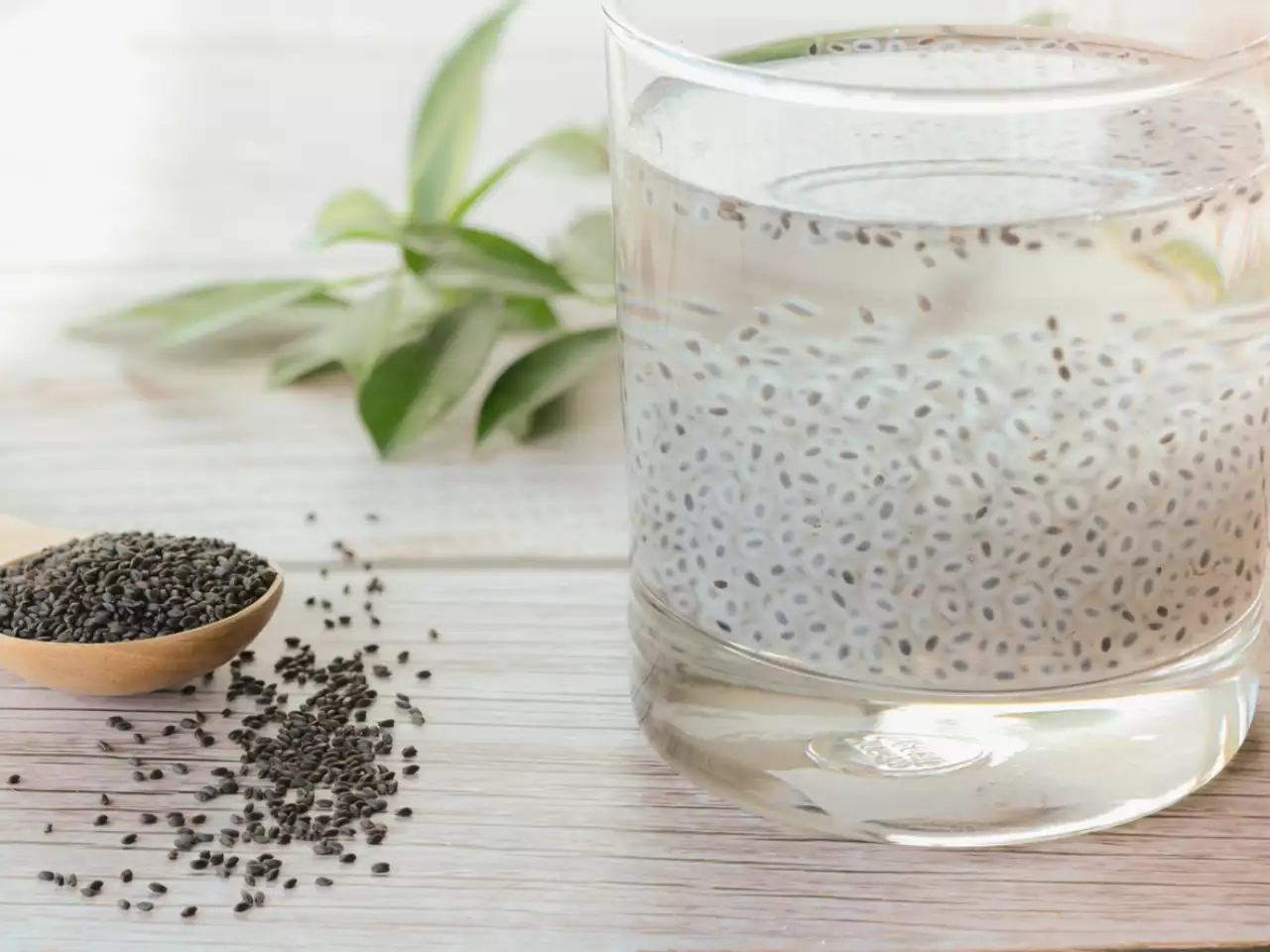
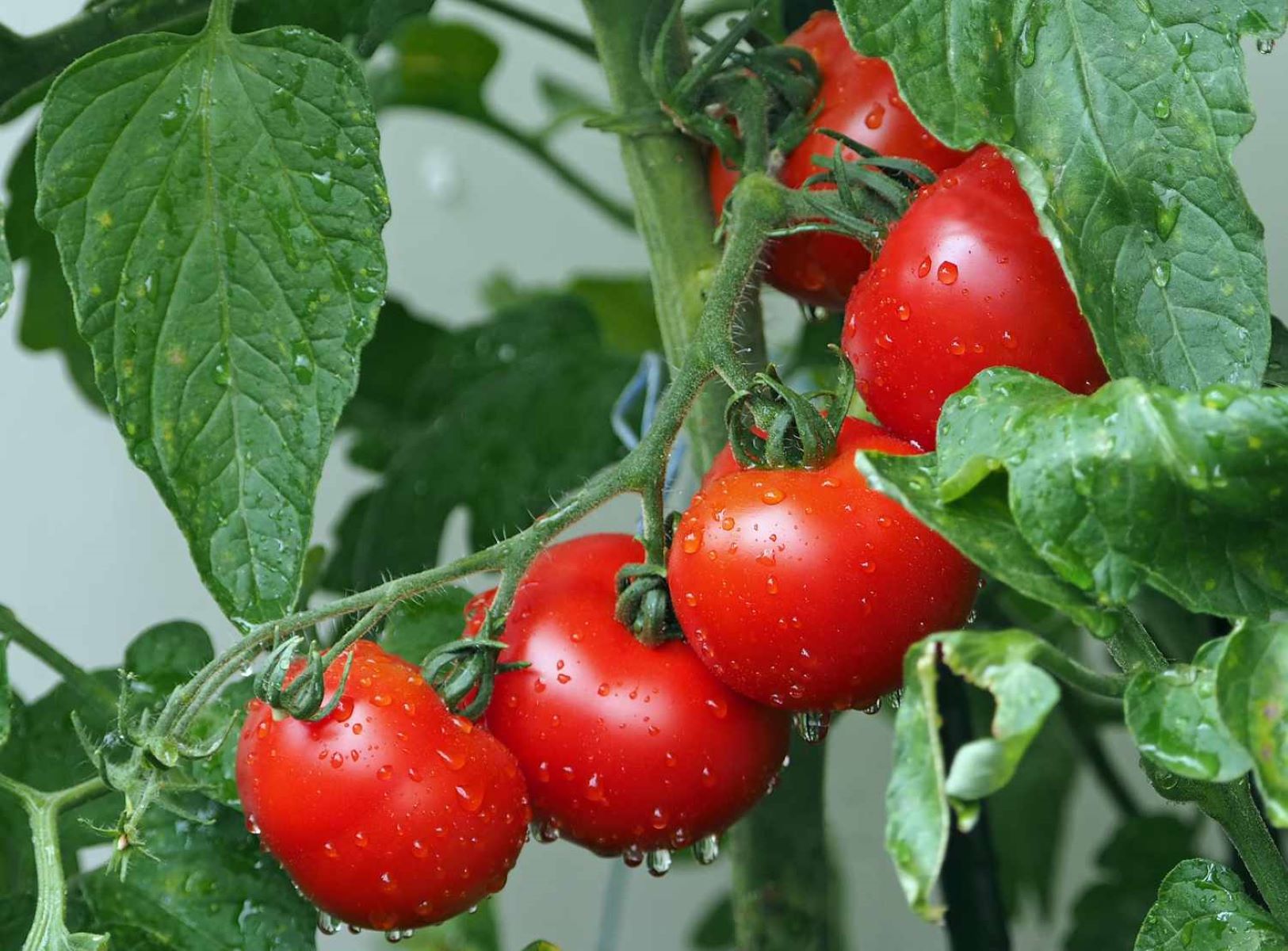
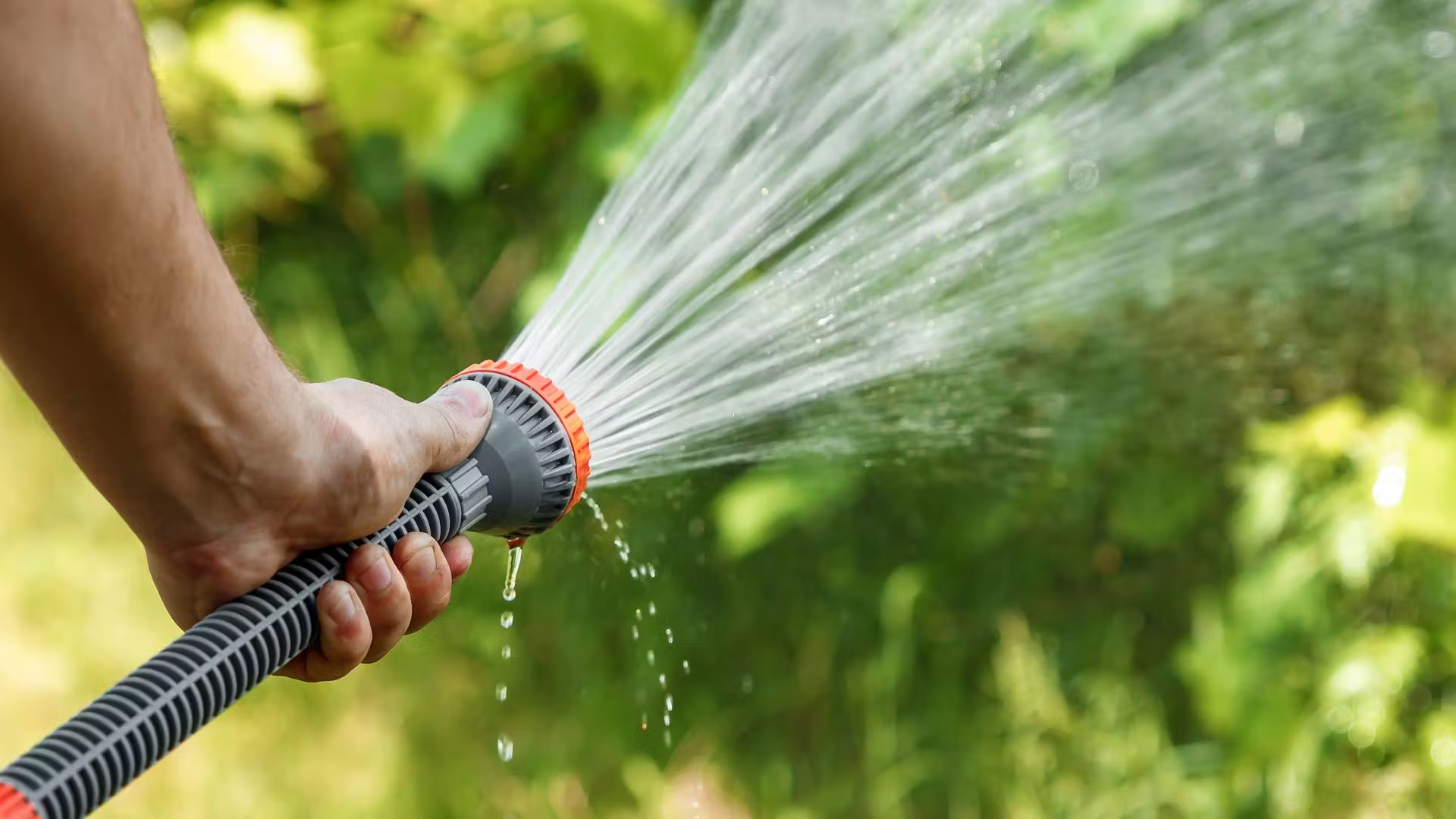
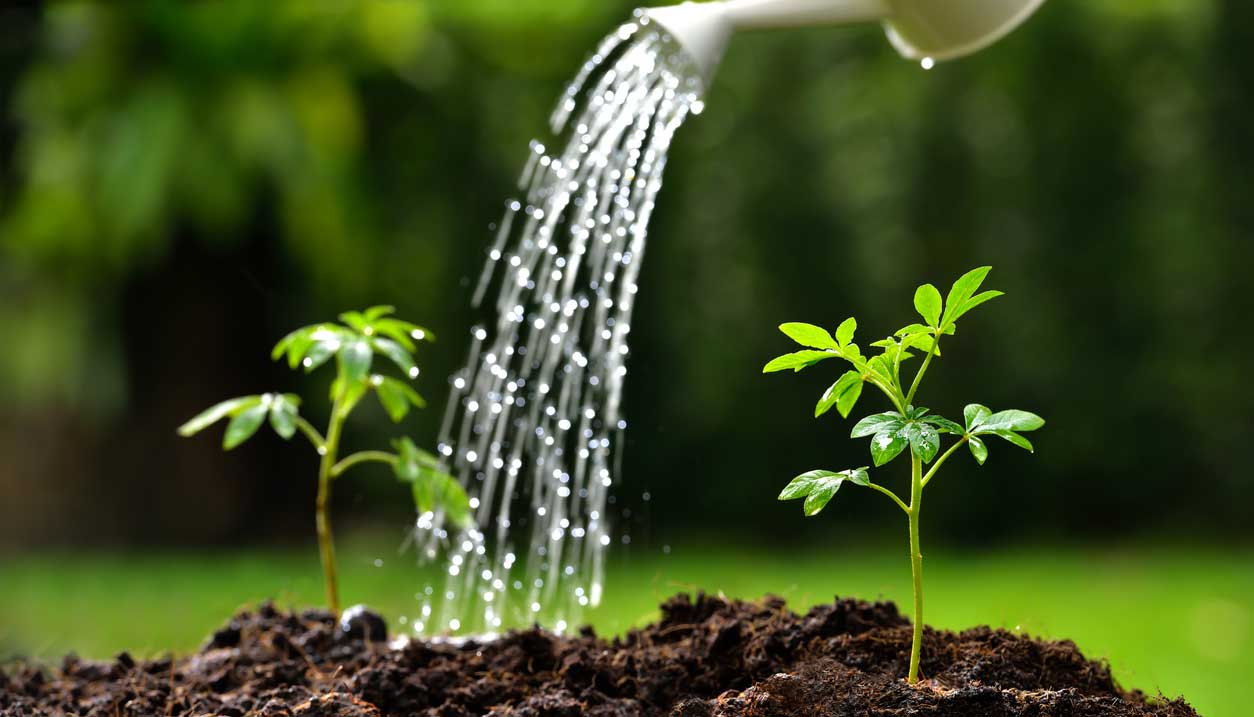
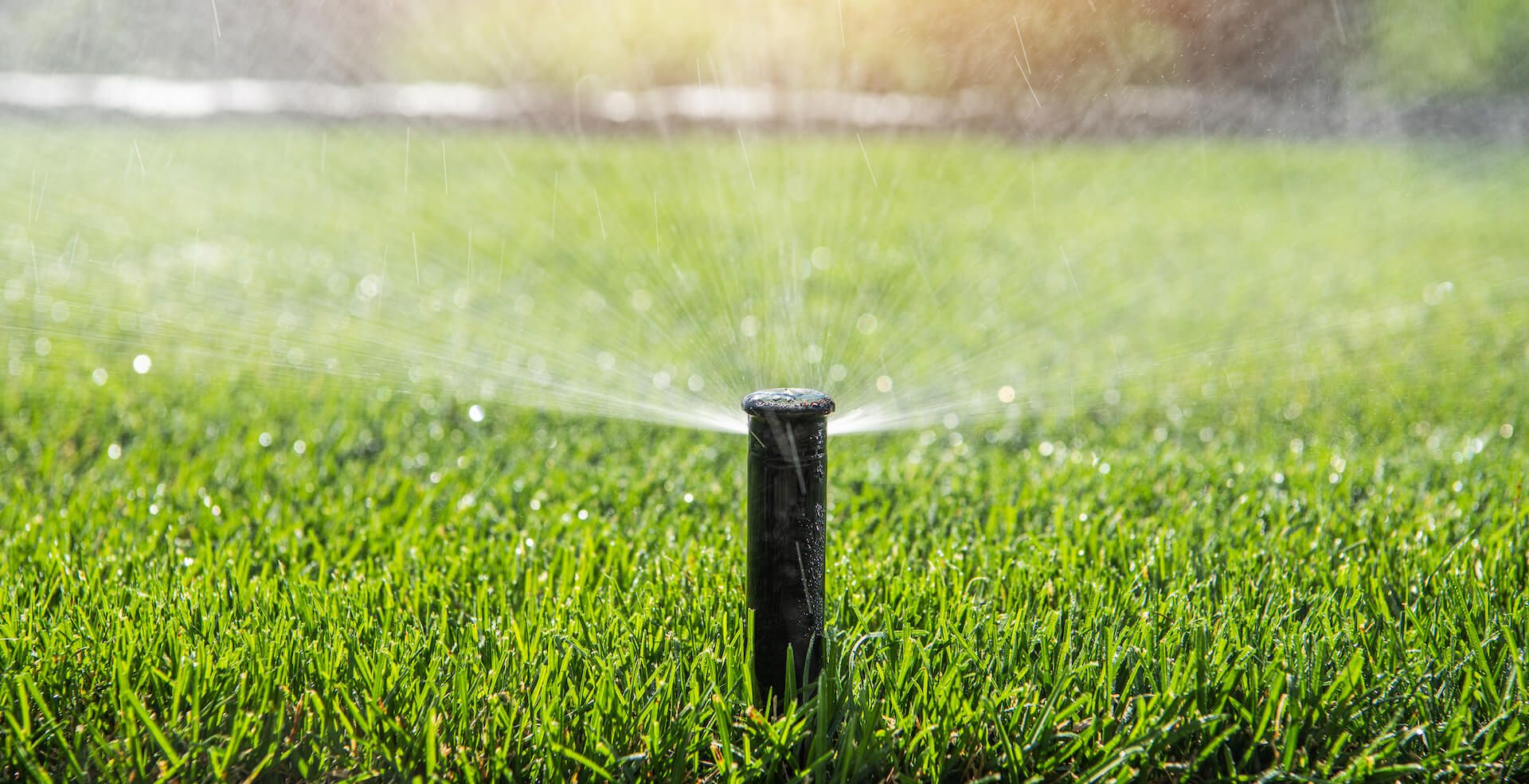
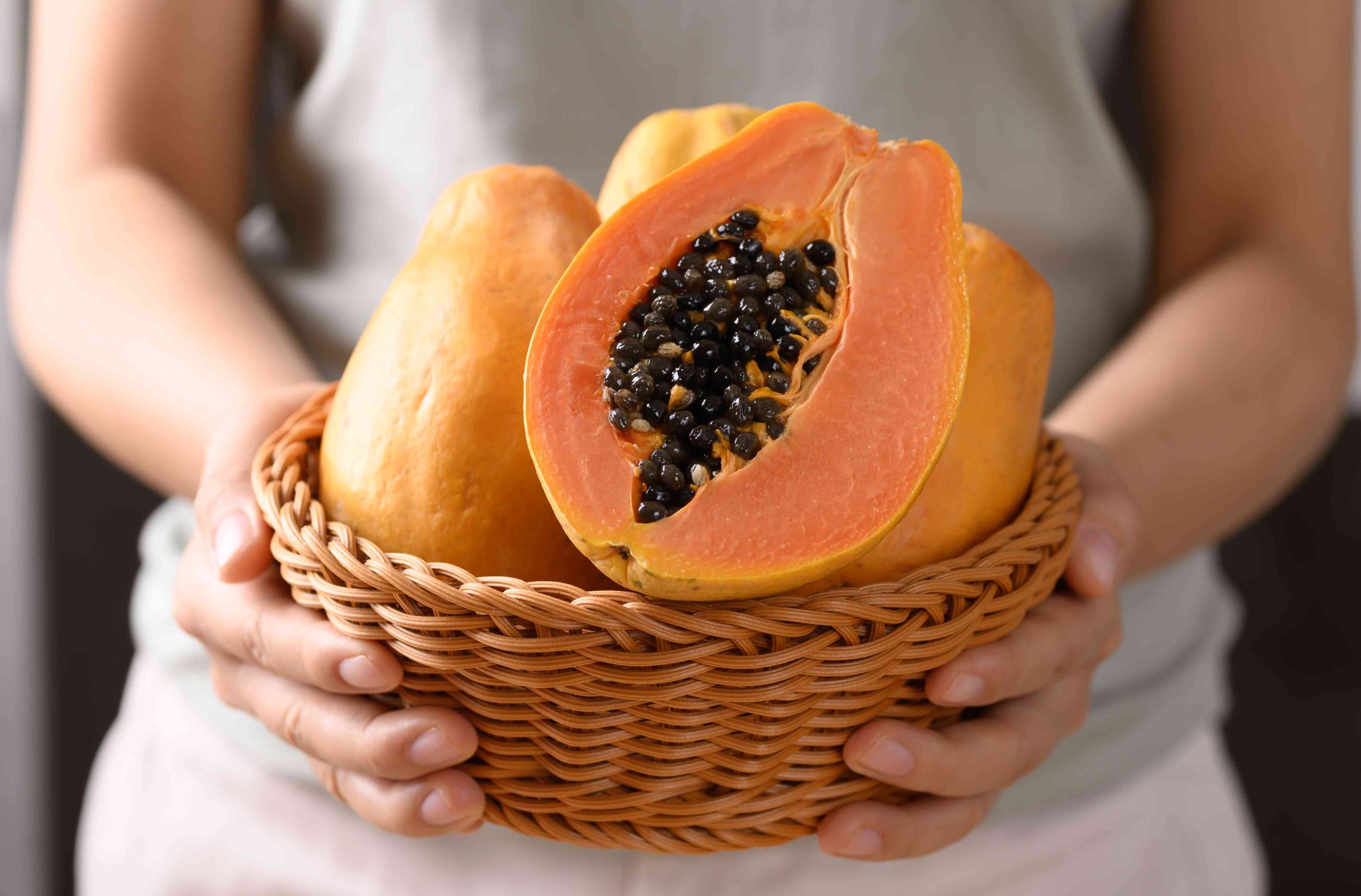
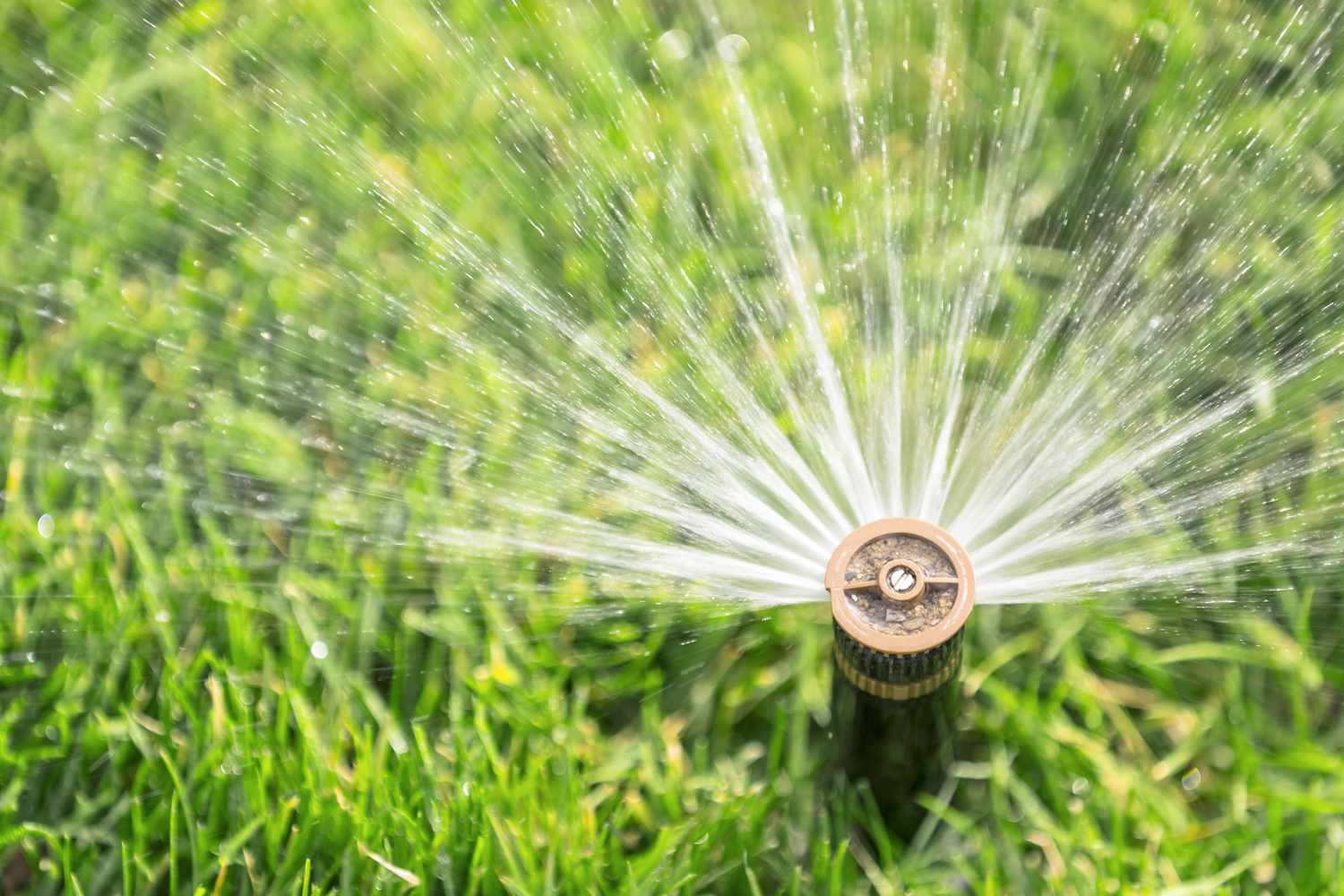
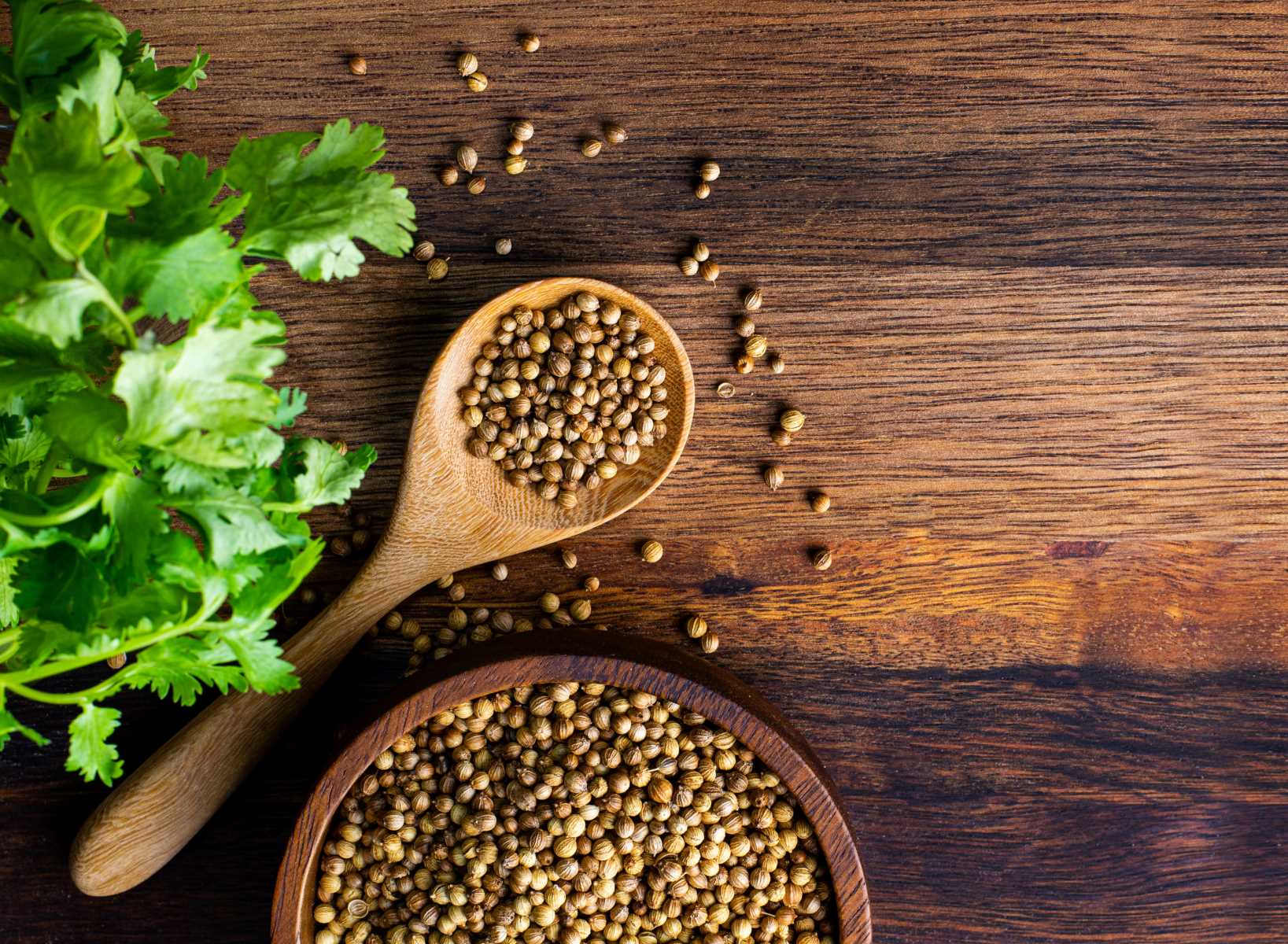
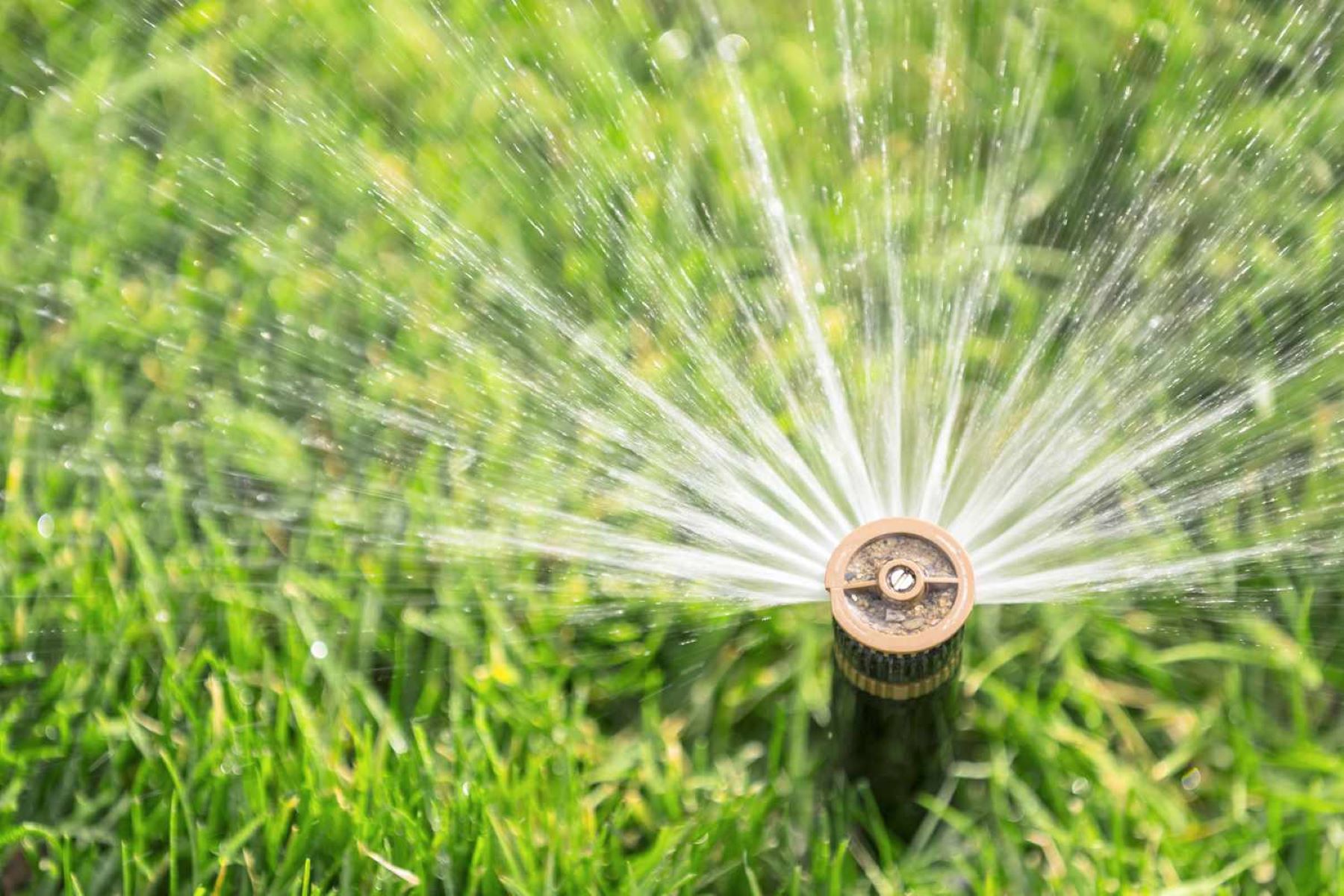
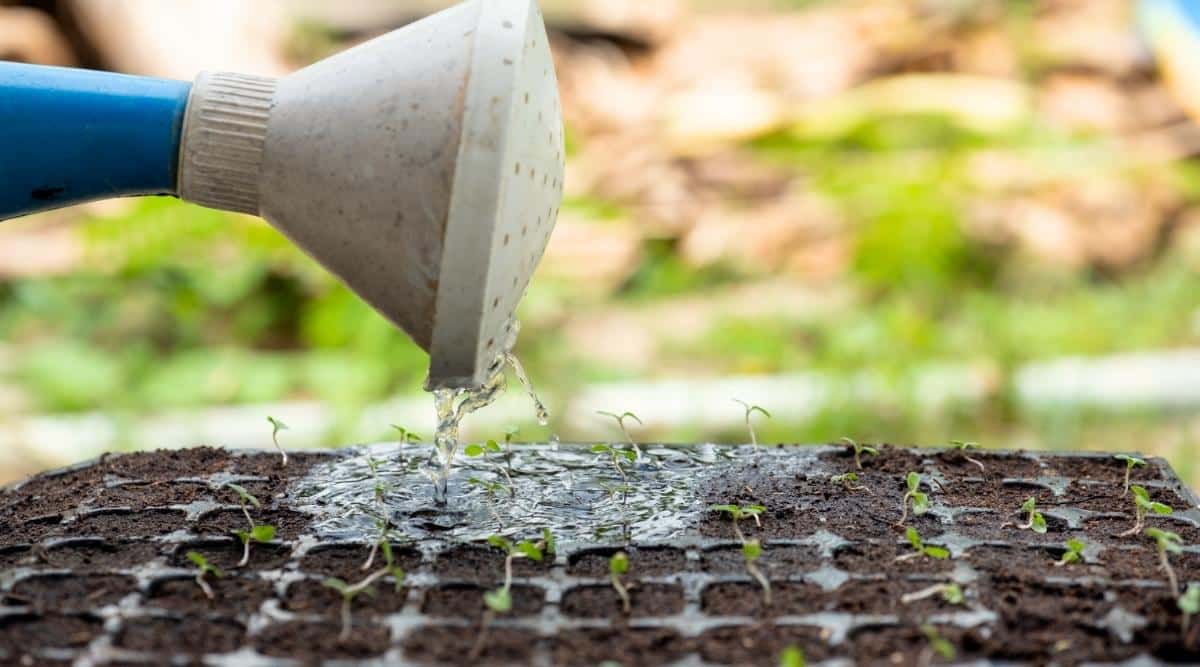
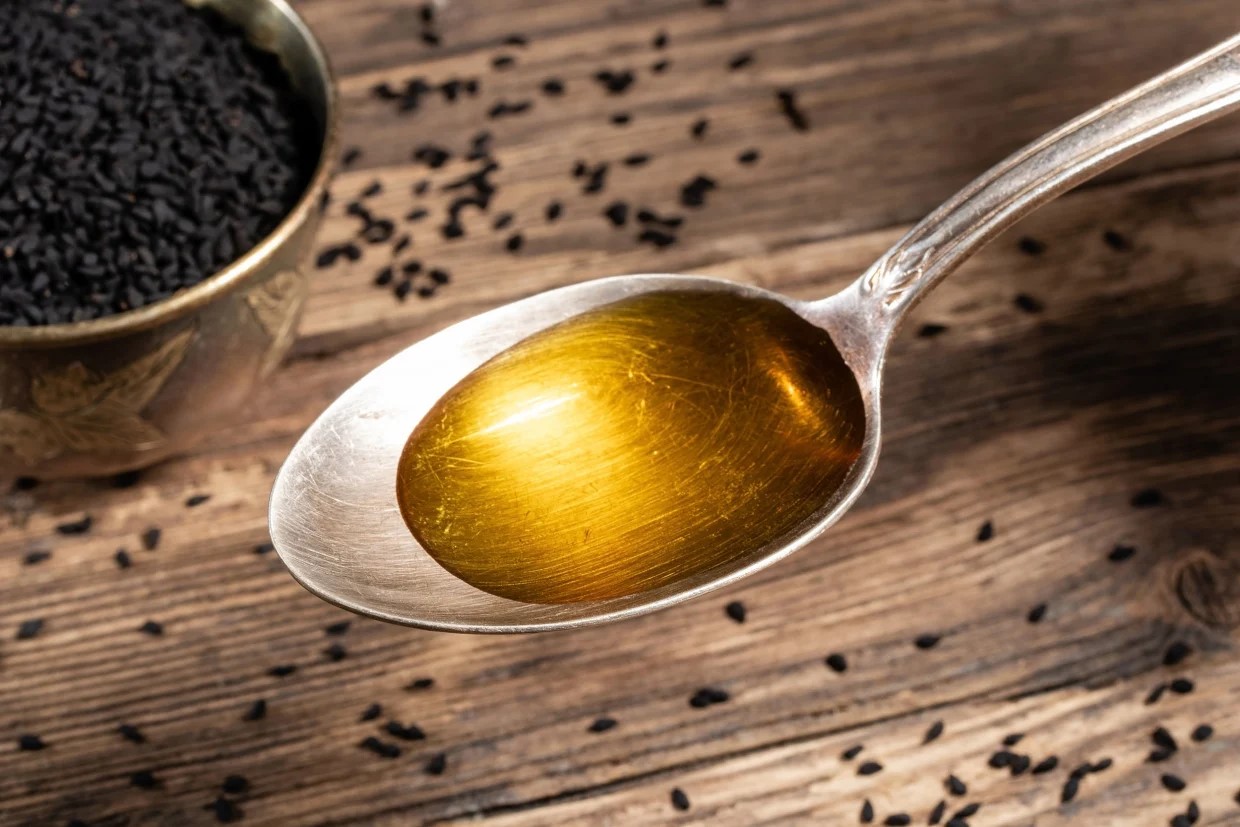
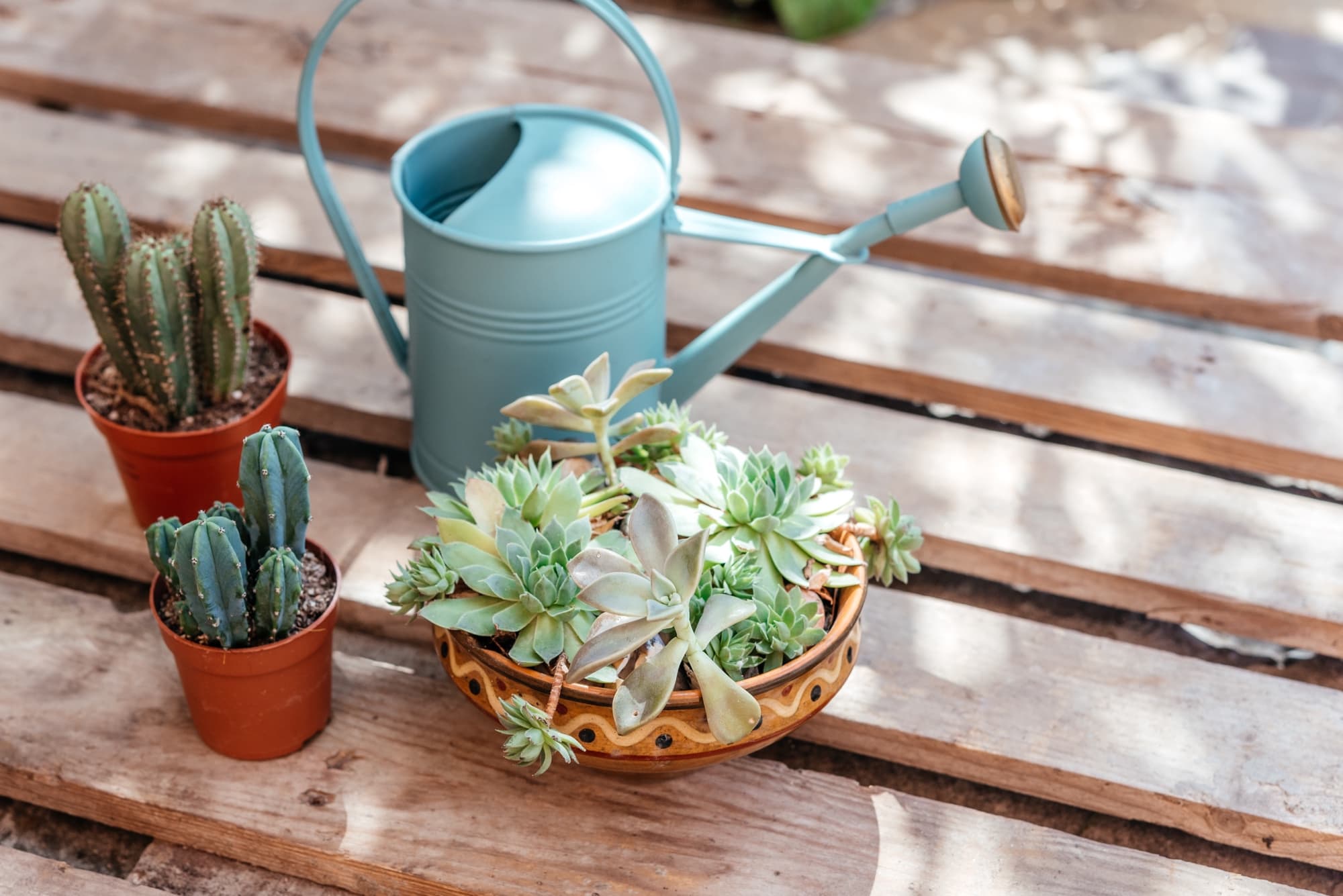
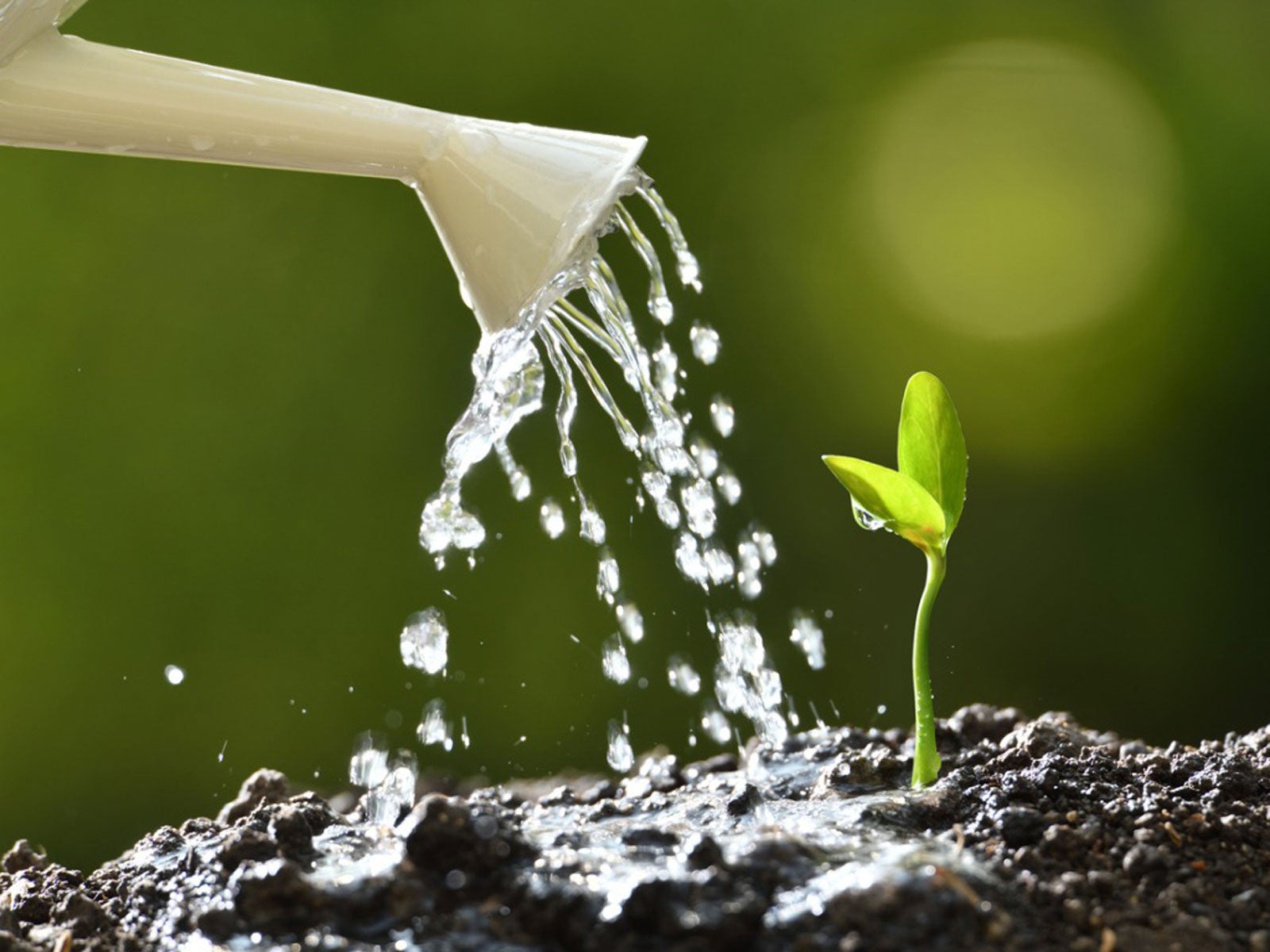
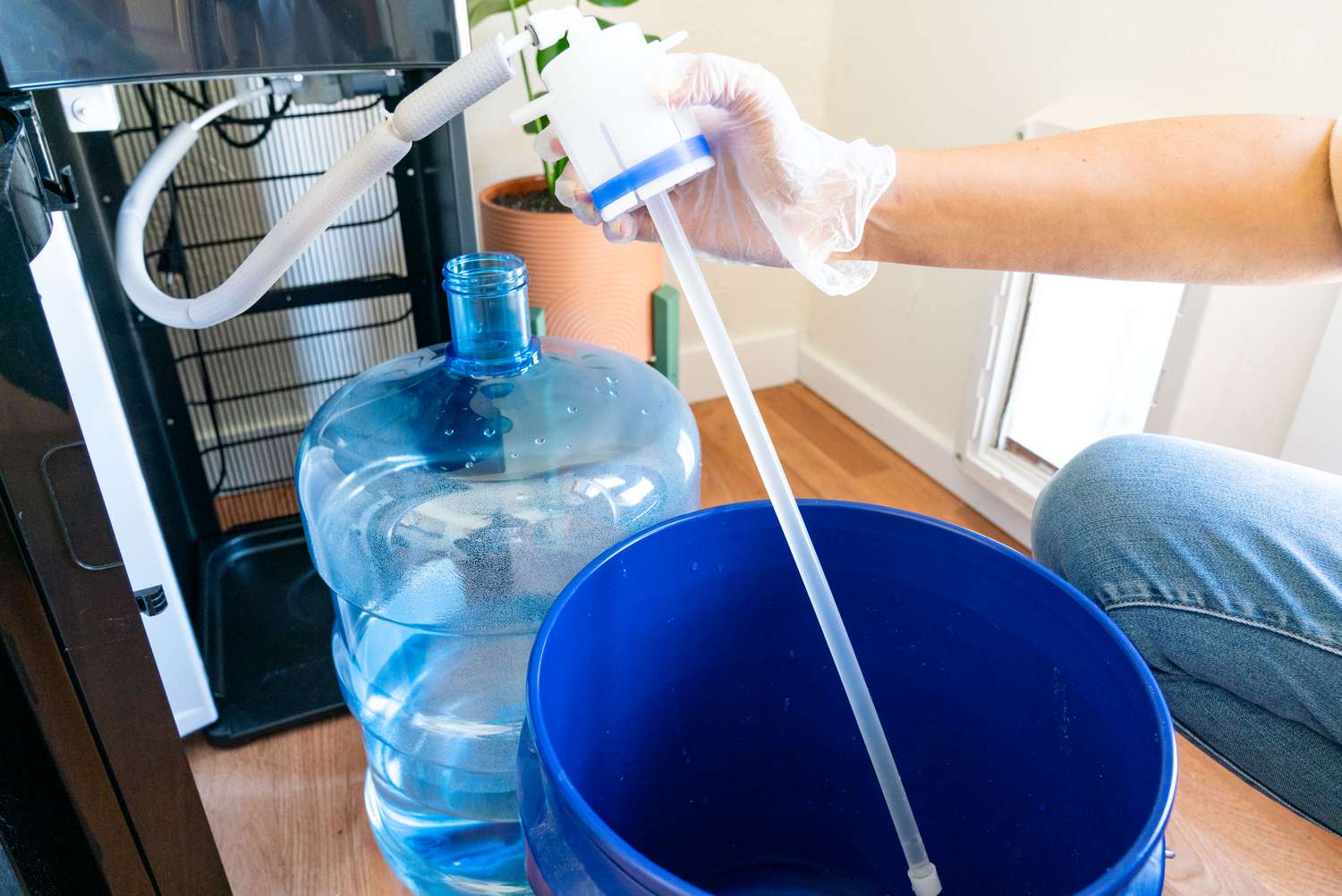

0 thoughts on “How Often Should You Water Seeds”